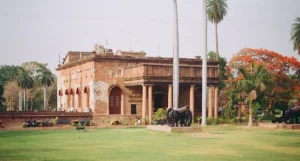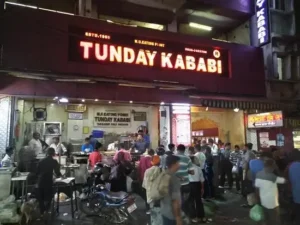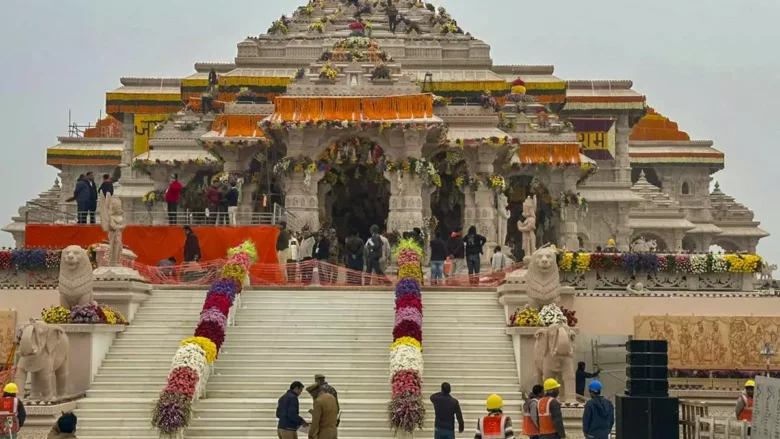Lucknow, the capital of Uttar Pradesh, is a city where history, culture, and tradition intertwine to create a vibrant and captivating experience. Known as the “City of Nawabs,” Lucknow is renowned for its rich cultural heritage, reflected in its architecture, art, music, dance, and cuisine. Whether you’re a history buff, an art lover, or simply someone who appreciates the finer things in life, Lucknow offers a wealth of cultural attractions that are sure to leave you enchanted. Here’s a guide to the top 10 cultural attractions in Lucknow that you must visit.
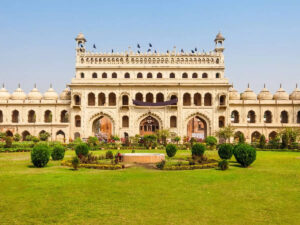
1. Bara Imambara
The Bara Imambara is one of Lucknow’s most iconic landmarks and a masterpiece of Mughal architecture. Built in 1784 by Nawab Asaf-ud-Daula, this grand structure is a cultural and architectural marvel. The Imambara is known for its massive central hall, intricate design, and the famous Bhool Bhulaiya, a labyrinth of narrow passageways that has intrigued visitors for centuries.
- Cultural Significance: The Bara Imambara is a symbol of Lucknow’s rich history and architectural ingenuity. It’s also a site of religious importance, especially during Muharram when thousands of Shia Muslims gather here for prayers and rituals.
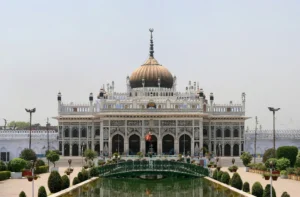
2. Chota Imambara
Also known as the Imambara of Hussainabad, the Chota Imambara was built in 1838 by Nawab Muhammad Ali Shah. This stunning structure serves as a mausoleum for the Nawab and his family and is often referred to as the “Palace of Lights” due to its beautiful chandeliers and intricate decorations.
- Cultural Significance: The Chota Imambara is not just a religious site but also a showcase of Lucknow’s unique blend of Mughal and Persian architecture. The Imambara is particularly enchanting at night when it is illuminated, reflecting in the adjacent water bodies.
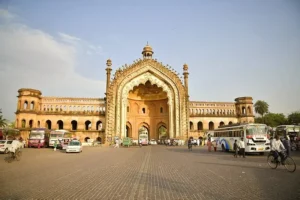 3. Rumi Darwaza
3. Rumi Darwaza
The Rumi Darwaza is one of the most famous gateways in India and a prime example of Awadhi architecture. Built in 1784 by Nawab Asaf-ud-Daula, this towering structure is often referred to as the “Gateway to Lucknow” and is modeled after the Sublime Porte in Istanbul.
- Cultural Significance: The Rumi Darwaza is a symbol of Lucknow’s architectural grandeur and cultural richness. It is often used as a backdrop for cultural events and festivals, representing the city’s historical and artistic legacy.
4. Hazratganj
Hazratganj is the heart of Lucknow’s cultural and commercial life. Established in 1810 by Nawab Saadat Ali Khan, this historic shopping district has evolved into a bustling hub of activity, offering a mix of traditional and modern experiences.
- Cultural Significance: Hazratganj is not just a shopping destination but also a cultural melting pot. From old bookstores and traditional chai shops to modern cafes and boutiques, Hazratganj offers a glimpse into the city’s evolving cultural landscape.
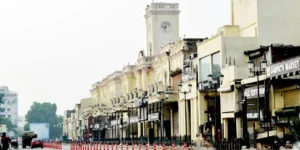
5. Kathak Dance Performances
Lucknow is one of the principal centers of Kathak, one of the eight classical dance forms of India. The Lucknow Gharana of Kathak is known for its grace, intricate footwork, and expressive storytelling.
- Cultural Significance: Kathak performances in Lucknow are a must-see for anyone interested in Indian classical dance. Many cultural centers in the city, such as the Sangeet Natak Akademi, regularly host Kathak performances that showcase the rich cultural traditions of Lucknow.
6. Lucknow Mahotsav
The Lucknow Mahotsav is an annual cultural festival that celebrates the city’s rich heritage, art, and crafts. Held in November, this 10-day festival features a wide range of activities, including folk music and dance performances, traditional craft exhibitions, and food stalls offering local delicacies.
- Cultural Significance: The Lucknow Mahotsav is a vibrant celebration of the city’s cultural diversity and artistic excellence. It provides a platform for local artisans, musicians, and dancers to showcase their talents and keeps Lucknow’s cultural traditions alive.
7. La Martinière College
La Martinière College is not only one of Lucknow’s most prestigious educational institutions but also an architectural gem. Founded by Major General Claude Martin in 1845, the college is housed in the grand Constantia building, which is a blend of European and Mughal architectural styles.
- Cultural Significance: La Martinière College is a symbol of Lucknow’s colonial heritage and educational excellence. The college’s annual Founder’s Day celebrations are a major cultural event in the city, featuring parades, performances, and ceremonies that reflect the school’s storied history.
8. The Residency
The Residency is a historic site that played a crucial role during the Indian Rebellion of 1857. This sprawling complex served as the residence of the British Resident General and was heavily damaged during the siege of Lucknow. Today, it stands as a poignant reminder of the city’s colonial past.
- Cultural Significance: The Residency is an important cultural and historical landmark in Lucknow. The on-site museum offers insights into the events of 1857, and the ruins provide a somber yet fascinating glimpse into the city’s tumultuous history.
9. Tunday Kababi
No visit to Lucknow is complete without tasting the city’s legendary kebabs, and Tunday Kababi is the place to go. Established in 1905, Tunday Kababi is famous for its Galouti Kebabs, a melt-in-the-mouth delicacy that has become synonymous with Lucknow’s culinary heritage.
- Cultural Significance: Tunday Kababi is more than just a restaurant; it’s a cultural institution that represents the rich culinary traditions of Lucknow. The art of making these kebabs has been passed down through generations, and tasting them is a must for anyone wanting to experience the city’s food culture.
10. Ambedkar Memorial Park
The Ambedkar Memorial Park is a grand tribute to Dr. B.R. Ambedkar, one of India’s most important social reformers. Spread over 107 acres, the park features impressive statues, domes, and a large stupa dedicated to Dr. Ambedkar and other social leaders.
- Cultural Significance: The Ambedkar Memorial Park is a symbol of social justice and equality. It’s a modern cultural attraction that reflects Lucknow’s commitment to honoring its leaders and preserving their legacy for future generations.
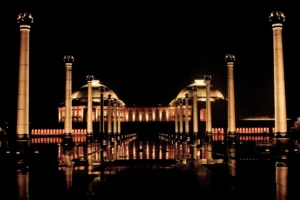
Conclusion
Lucknow is a city that beautifully blends its rich cultural heritage with modern influences. From architectural marvels and classical dance performances to vibrant festivals and culinary delights, the cultural attractions in Lucknow offer something for everyone. Whether you’re exploring the grand Imambaras, watching a mesmerizing Kathak performance, or savoring the flavors of traditional Awadhi cuisine, Lucknow’s cultural attractions provide a deep and enriching experience that will stay with you long after you’ve left the city. Make sure to visit these top 10 cultural attractions to truly immerse yourself in the essence of Lucknow.


